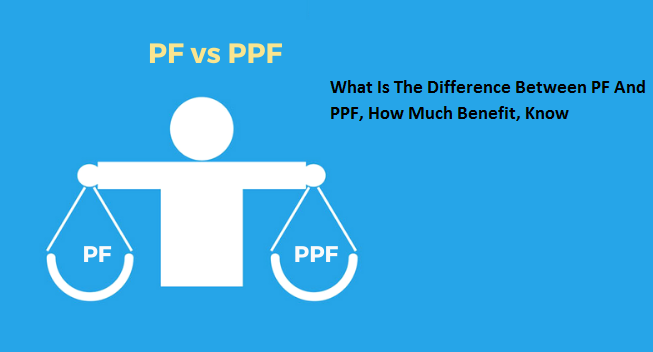
Women get confused about the difference between PF and PPA. Let’s know the difference between these two savings schemes so that you can choose wisely for yourself.
When it comes to making savings, women are often advised to save under PPF (Public Provided Fund). But many women get confused about what is the difference between PF and PPF. PF accounts are opened for salaried women along with working in any institution. On the other hand, PPF is a different type of savings account, in which by depositing money, you can save for yourself as well as get income tax exemption. Both of them have different rules for saving. Let us know about this in detail-
This is the difference between PF and PPF
PF is basically open for the salaried people and it is also called EPF. On the other hand, PPF is a savings scheme of the central government, which is run by banks and post offices. This account can be opened by any woman, whether she is employed or not.
This is PF
In this account opened for the salaried people, the employer deducts a certain amount from your basic salary and deposits it in the PF account. At present, this amount is 12% of the salary. By the way, this amount is fixed by the government, and an equal part of it is deposited in the account as an employee’s contribution. Of the amount deposited by the employer, 8.33 percent goes to the Employees’ Pension Scheme (EPS). 8.65 percent interest is available on this. For this, every account holder is issued a UAN number.
The good thing is that working women are financially secure under this arrangement and after retiring from work, they get a huge amount from the PF account, which they can use for their important needs like a marriage of children or buying a house, etc. can.
Tax Benefit: If the deposited amount is withdrawn before 5 years, then the amount will be taxed, while on completion of 5 years, exemption under 80C is available.
This is PPF
This scheme of the government is run by banks and post offices. It is not mandatory for you to have a job profession to open an account in this. In this, interest is available at the rate of 7.8 percent on opening the account. It has a maturity period of 15 years, but you can withdraw some part of the deposited amount after 5 years.
Tax Benefit: The amount deposited in the account is exempted under 80C and there is no tax on maturity amount.
PPF is very beneficial
- Exemption under section 80C of income tax on money deposited in PPF account.
- No tax is to be paid on interest earned on the PPF account.
- Interest is available at the rate of 7.8 percent on the amount deposited in the account.
- There is no tax to be paid on the amount deposited in the account on maturity.
- You can withdraw the entire amount by closing the 5-year-old PPF account in case of any emergency, illness, or for the education of the children.
That is, both these savings accounts can meet your short-term and long-term needs. After understanding the difference between them and the difference in interest earned from them, you can plan your savings intelligently.




